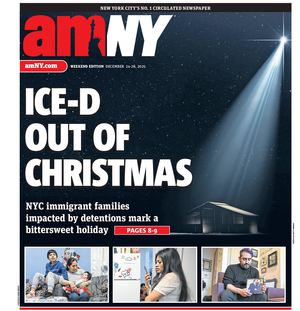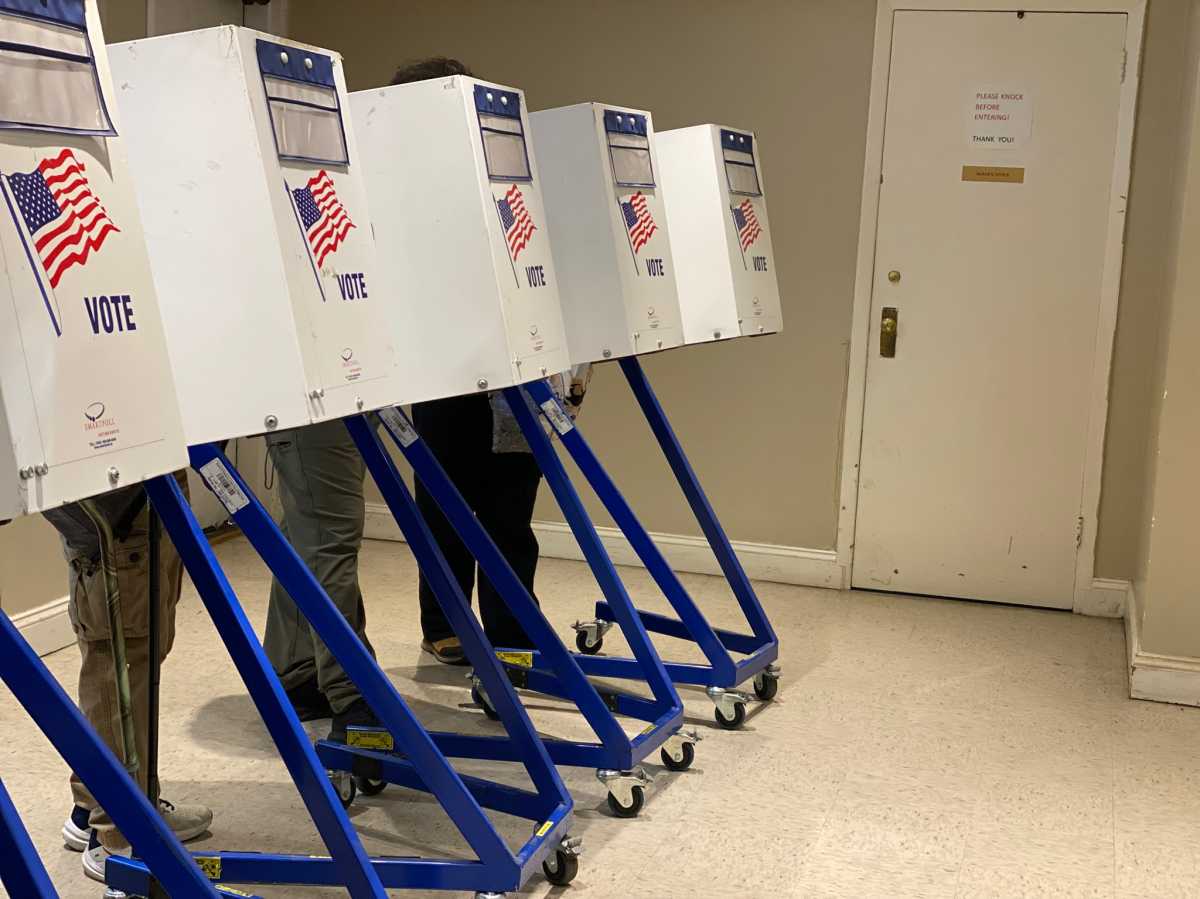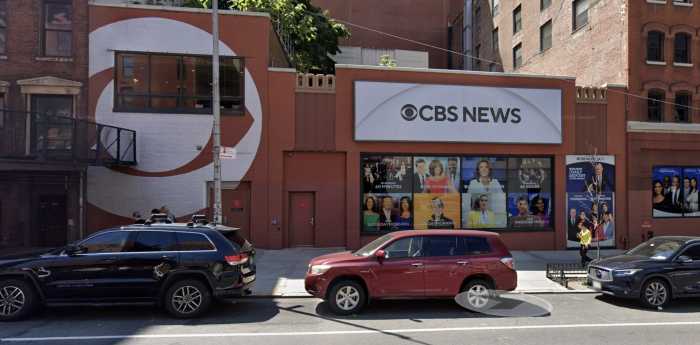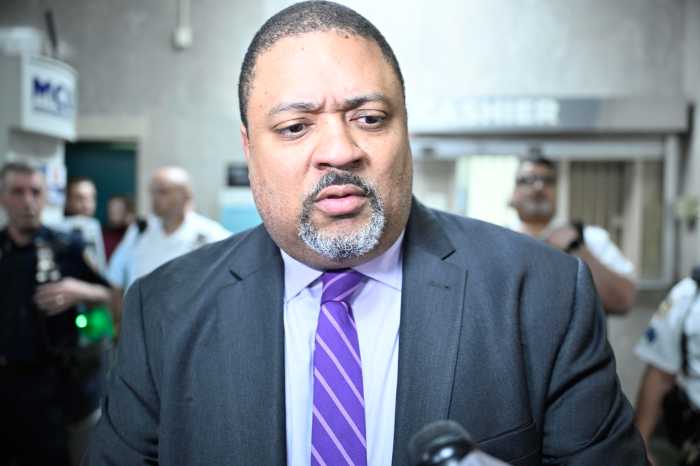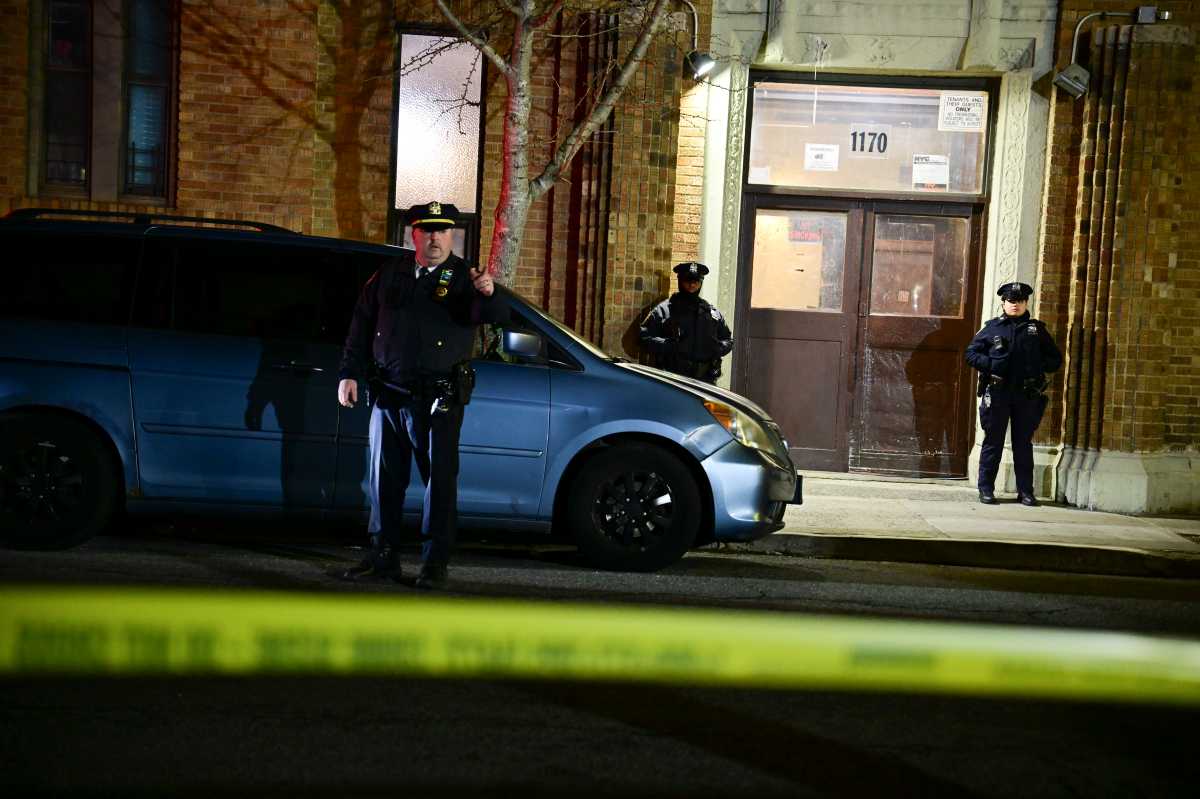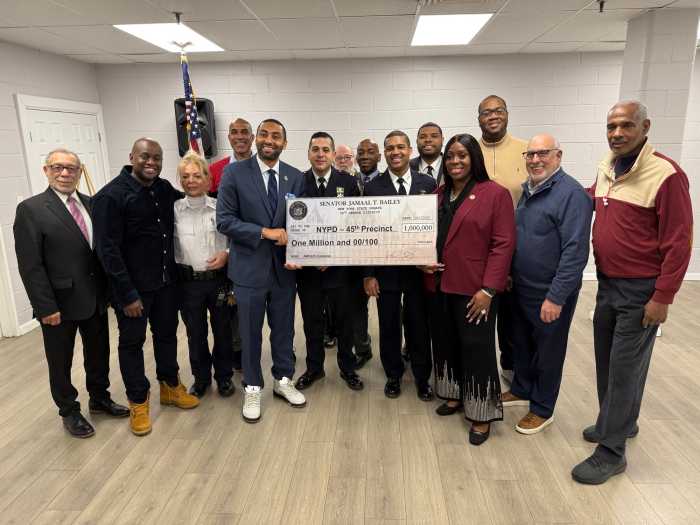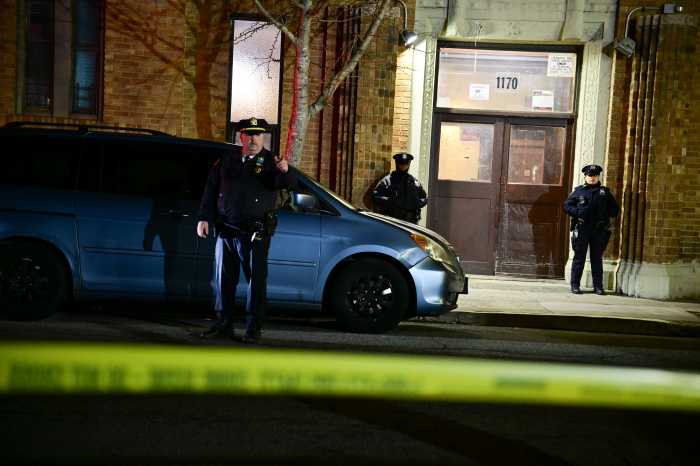Though there were no issues on the ballot last week that specifically addressed labor and employment issues, over the past 11 months I have had multiple opportunities to write about the erosion of employee protections under the Trump administration.
From policy shifts and case dismissals at the Equal Employment Opportunity Commission and U.S. Department of Labor, to the dismantling of the National Labor Relations Board and its powers, things have been changing fast and furiously. On Tuesday, Nov. 4, voters across the country chose Democrats — traditionally aligned with labor — in what is being called by pundits a “blue wave.”
The systemic dismantling of training programs, job opportunities, and protections for people in the workplace, are all integral parts of the “economy and shutdown” issues that are at the forefront of the election day post-mortems and deserve some time in those analyses.
Federal changes
From day one, the Trump administration has issued executive orders and agency directives designed to be more “employer friendly,” primarily by weakening and rolling back enforcement of workplace protections.
The U.S. Labor Department announced two changes to its Fair Labor Standards Act enforcement. The agency no longer seeks liquidated damages for unpaid worker wages. They also changed its independent contractor analysis to focus on workers’ control over their time and opportunity for profit and loss. The old rule also looked at a worker’s skill level, duration/permanence of the assignment, investment by the worker and the worker’s function. It more often than not found employee protections to apply.
In their June budget, the feds proposed deep cuts to the offices that enforce federal protections — including for wage and hour violations, worker safety and health violations, and oversight of retirement funds and plans. The budget eliminates the Office of Federal Contract Compliance and Job Corps and, most significantly, it slashes resources to the NLRB for unfair labor practice proceedings, union representation proceedings and compliance proceedings.
Then, on Sept. 4, in celebration of Labor Day, the U.S. Department of Labor released its “Unified Agenda of Regulatory and Deregulatory Actions.” Billed as “reducing unnecessary burdens on employers” and “delivering the regulatory certainty that American workers and businesses need to thrive,” the proposals include revisiting the rules around joint employers, and changing the job duties and salaries required for overtime exemptions for executive, administrative, professional, outside sales and computer employees.
The current federal government is engaging in the systemic erosion of worker protections. That includes a job market in which there is opportunity for everyone. They imposed layoffs, cut funding to infrastructure and other crucial projects that represented thousands of jobs, and have now shut the government down altogether.
Quality jobs that meet some basic human standards for all Americans is clearly not a priority for this administration, and people are watching.
Local response
Though many feel helpless in the face of unabashed disregard for the laws and standards we have fought so hard to achieve and uphold for American workers, there have been stands taken by pockets of leadership. Here in New York, a package of bills was signed in September specifically designed to “Ensure Protections for New York Workers in the Midst of Federal Uncertainty.”
The legislation includes the creation of new union jobs, protections for civil service union members in the event of layoff or suspension, and a measure that expands apprenticeship and pre-apprenticeship opportunities through school grants and contractor requirements. Most interestingly, it authorizes the New York State Public Employment Relations Board to handle cases regarding organized labor disputes when the NLRB is unable to act.
It is also worth noting, as I have mentioned before, that New York State Department of Labor enforcement powers have been expanded significantly over the past year. Now, when the commissioner files a wage order with the county clerk, it becomes a lien with the full force and effect of a civil judgement. The commissioner was also granted the power to impose a 15% surcharge on each of those wage orders (which may already include up to 300% penalties). Most significantly, however, the labor commissioner now has all the powers of the sheriff. The department can levy and sell an employer’s assets to satisfy its findings.
Election Day 2025
Last week, New York City elected a mayor whose platform focused on affordability and a quality of life standard that applies to everyone equally. Across the river, our neighbors in New Jersey, facing the slashing of thousands of building trade jobs because the administration terminated funds to build the Gateway tunnel, overwhelmingly elected a Democrat.
Though union and other workforce issues have always been political in nature, the truth is that politics is the people and the people work for a living. These policies affect us all and everyone — employers and employees — have to pay attention. Maybe they are starting to get the message.
